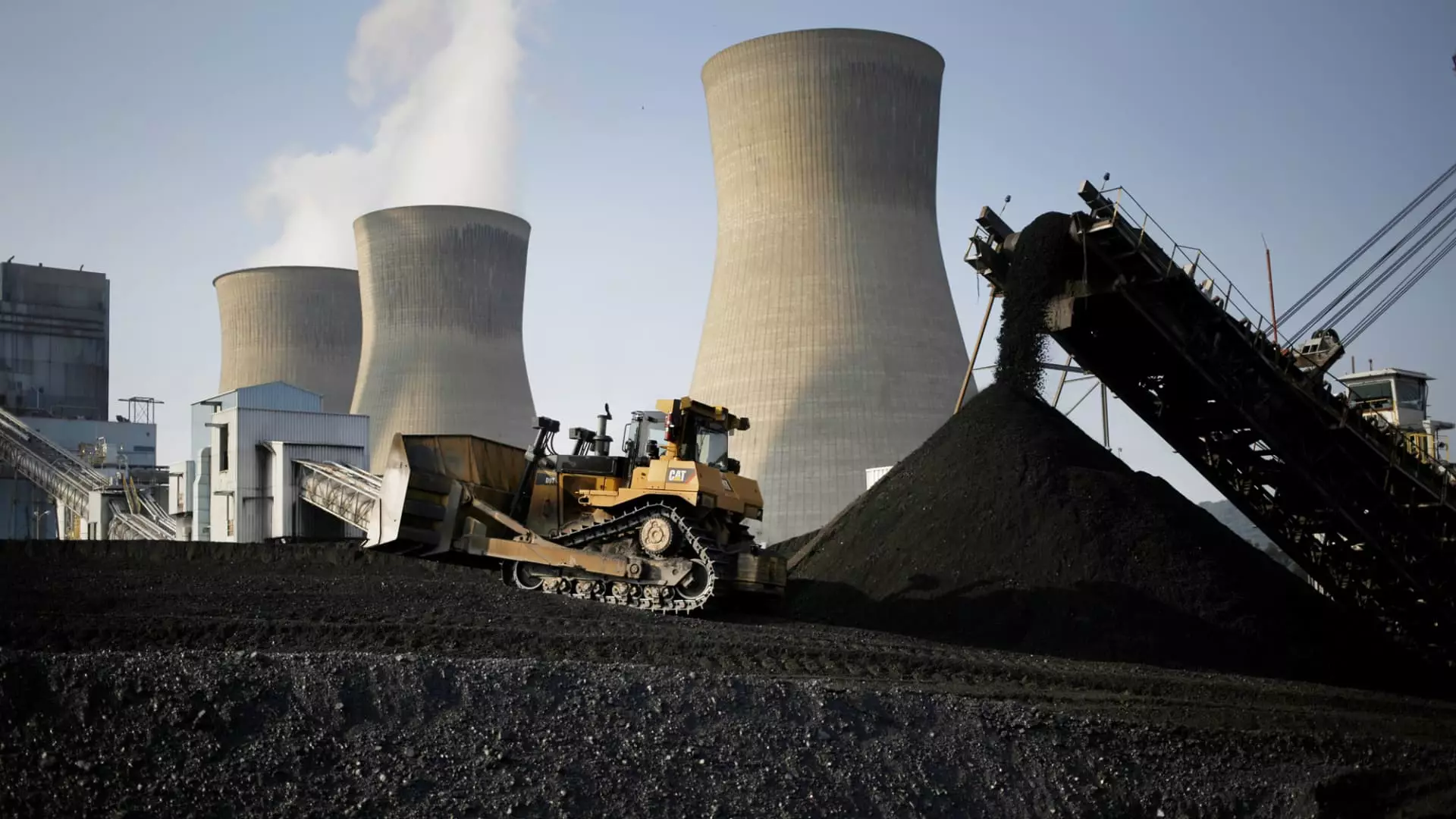As the demand for electricity in the United States rises, so too does the urgency for a significant expansion of the nuclear energy sector. Mike Goff, the acting assistant secretary for the Office of Nuclear Energy at the Department of Energy, has emphasized that the country must at least triple its nuclear capacity. With the current fleet comprising 94 operational reactors generating approximately 100 gigawatts of power, there exists an undeniable need to ramp up production to prevent potential energy shortages and to protect the environment by reducing carbon-dioxide emissions.
This call to action underscores a fundamental challenge: the U.S. energy landscape is evolving and, with it, the requirements for a reliable, clean, and efficient energy source. With nuclear power accounting for over 18% of the nation’s electricity needs in 2023, it is clear that this source is integral to future energy planning. The ambitious vision, as articulated by Goff, involves adding around 200 gigawatts of nuclear power by 2050, which effectively translates to constructing approximately 200 new plants—a formidable endeavor indeed.
To expedite this transformative process, Goff points to the untapped potential in transitioning coal plant sites to nuclear energy hubs. Many coal facilities across the country are being decommissioned, leaving behind valuable infrastructure, including established transmission lines and trained personnel. A recent Department of Energy study suggests that up to 174 gigawatts of new nuclear power could be feasibly established at these retired sites, which could significantly reduce costs and streamline construction efforts.
The approach of utilizing former coal sites not only addresses the logistical challenges posed by siting new plants but also opens opportunities for local economies that have historically relied on coal for employment. The transition of these regions towards nuclear plants could provide skilled jobs while simultaneously addressing the pressing energy needs of an electrifying economy.
The great promise of nuclear power is further amplified by advancements in technology. The introduction of smaller, modular reactors could allow for a more flexible and scalable approach to nuclear energy production. These designs, while still in the developmental stage for mass commercialization, hold the potential to maximize output from existing sites and cater to growing energy demands efficiently.
However, it is imperative to recognize that while the restart of existing plants, such as the Three Mile Island facility, could offer a modest boost to the grid, it will only serve as a temporary fix to a much larger issue. Goff’s acknowledgment that there are very limited shuttered facilities left that could potentially be restarted indicates a significant gap in realizing the 200-gigawatt target through restarts alone.
Shifting Market Dynamics
The landscape for energy production is changing; factors such as the economic impacts brought about by the Inflation Reduction Act and the increasing appreciation for clean energy are reshaping the way stakeholders view nuclear power. With numerous reactors previously shutting down due to competition from cheap natural gas, there is now a renewed recognition of the importance of baseload clean electricity. This brings us to a crossroads, where nuclear energy must be marketed not just as an alternative but as a necessary component of a sustainable future.
The sentiment surrounding nuclear energy is gradually shifting towards a more favorable perspective. Industry leaders and financial institutions alike are endorsing nuclear initiatives, which is evident in the coalition formed to support new nuclear developments. The collaboration signals a broader acknowledgment of nuclear’s role in achieving net-zero emissions while ensuring energy security.
The Future: A Collaborative Effort
As America grapples with the complexities of its energy needs, the road ahead for nuclear power lies in collaborative efforts between governmental bodies, private enterprises, and the communities they serve. The restart of facilities like Three Mile Island and Palisades Nuclear Plant highlights the potential for productive partnerships that prioritize safety, efficiency, and the environment.
However, significant hurdles remain, including the lengthy timelines and budget overruns associated with building new nuclear plants. Continuous dialogue among stakeholders will be essential to navigate challenges while capitalizing on opportunities that strengthen the nuclear industry.
The path to embracing a larger role for nuclear energy is laden with complexities but also filled with promise. By harnessing existing coal infrastructure, investing in technological innovation, and fostering supportive market conditions, the U.S. can position itself to meet the rising demand for electricity while simultaneously committing to a cleaner, more sustainable energy future. The next few years will be critical in determining whether nuclear energy can thrive once again, but the momentum is building, and the stakes have never been higher.

